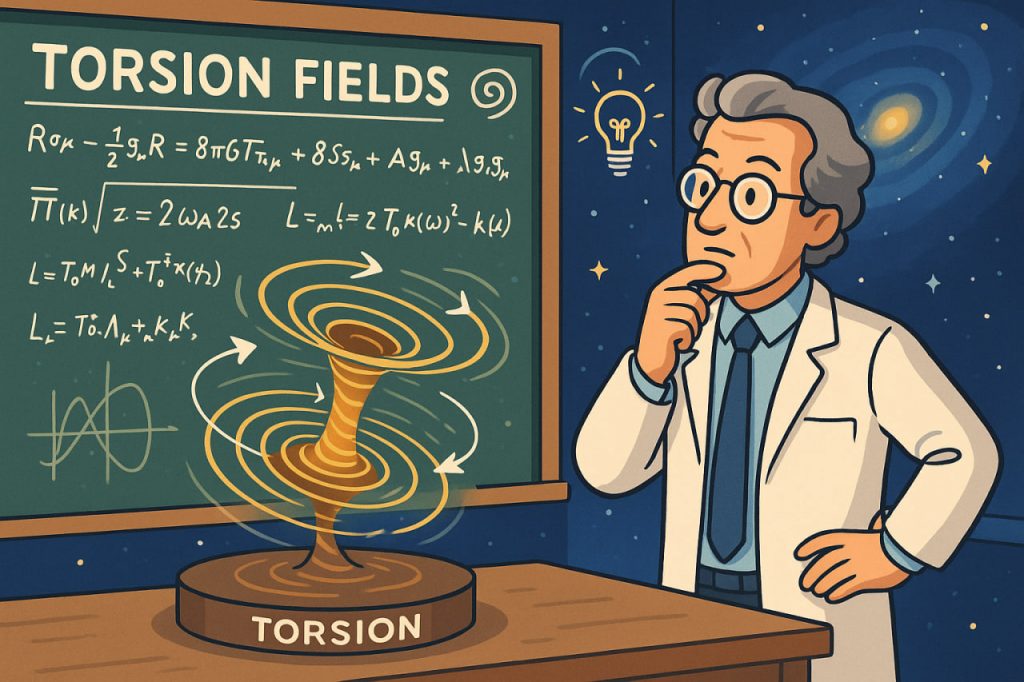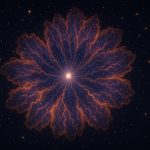In advanced physics, torsion fields are explored as a possible extension to general relativity — Albert Einstein’s theory of gravity. Unlike traditional models where gravity is described as curvature of spacetime by mass, theories involving torsion suggest spacetime may also twist, especially in the presence of spinning matter.
This idea is formalized in models such as the Einstein–Cartan theory, which adds torsion (geometric twisting) to the fabric of spacetime. In this context, torsion interacts not with mass, but with intrinsic spin of particles — a fundamental property of elementary matter.
Features of Modern Torsion Field Theories
- Spin-Gravity Coupling
In torsion-based models, gravity is not only affected by mass and energy but also by the spin of particles. This could potentially explain behaviors in extreme conditions, such as inside neutron stars or near black holes. - Einstein–Cartan–Kibble–Sciama Theory
This model suggests that in high-density conditions, torsion prevents the formation of singularities, offering alternatives to the Big Bang and black hole cores. - String Theory and Supergravity
In some high-dimensional models, torsion appears naturally as part of the extra degrees of freedom. However, it usually plays a mathematical role rather than being a directly observable field. - Loop Quantum Gravity (LQG)
This quantum gravity theory also includes torsion-like effects as part of the quantum geometry of spacetime.
Despite being mathematically interesting, none of these theories predict torsion fields, at the moment, in a way that has been experimentally confirmed.
Are There Any Experiments?
Modern physics has placed strict limits on the presence of torsion in nature. High-precision experiments involving:
- Gravitational wave detectors
- Neutron spin rotation
- Observations of cosmic background radiation
…have not detected any measurable torsion at the moment. If torsion exists, its effects are either too weak or too subtle to measure with current technology.
Future Possibilities
While mainstream science treats torsion as a speculative but valid idea, future progress in quantum gravity, dark matter research, or spacetime geometry might offer new insights.
To move from theory to reality, torsion fields must:
- Be incorporated into a unified model with observable predictions.
- Be detectable through repeatable, empirical tests.
- Offer explanations that outperform existing physics models.
Until then, modern torsion field theory remains on the frontier of advanced theoretical physics
Glossary
- Torsion — a theoretical property of spacetime involving twisting, associated with the spin of particles.
- Einstein–Cartan theory — a model of gravity that includes torsion as well as curvature.
- Quantum gravity — a theoretical framework aiming to unite general relativity with quantum mechanics.
- Supergravity — a theory that extends general relativity to include quantum fields with supersymmetry.
- Spin — an intrinsic form of angular momentum carried by elementary particles.


